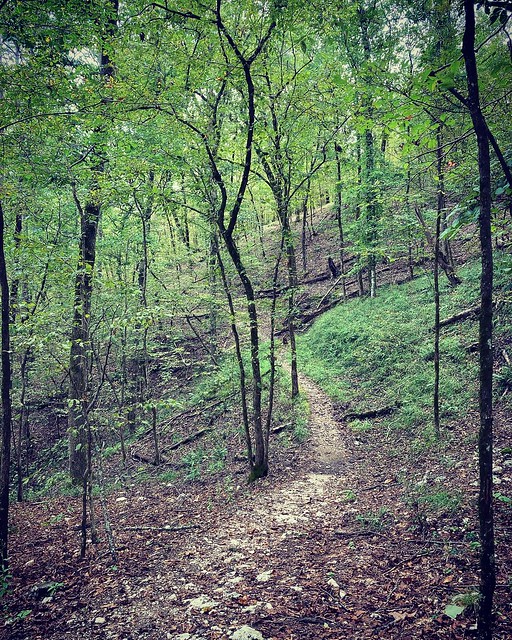This is a book about trees and somewhat of a memoir of Suzanne Simard and it just blew me away. It starts with her as a student intern working for a logging company in Canada and she is trying to figure out why Fir tree seedlings planted in a former clear cut do not thrive as expected. Why not, they have no competition from other trees, lots of sunshine and water. What is missing? So she starts trying to find out. She designs experiments with help from people from her work and over time she finds out that the fir trees need birch trees. It turns out that to professional foresters birch trees are weeds. They rob the valuable firs of sunshine, nutrients, and water.
Simard eventually rediscovers that birch trees and fir trees are linked by a fungus, a mycorrhizal fungus, that links the roots of birch trees and fir trees and this fungus facilitates the transfer of water, carbon, and other nutrients between the trees based on the needs of the trees. A great part of the book is Simard’s description of the experiments she ran to prove all this. Experiments in the woods are hard. Lots of digging to install barriers to prevent this fungus from connecting certain trees. Lots of exposure to radioactive gases as some of the trees are fogged with isotopes of carbon to help with tracing. Exposure to powerful herbicides when vegetation needs to be killed as part of the experiment. And then the dreary following up measuring how the various trees are growing and then running the data analysis.
And then presenting the data at conferences and trying to get published and getting the cold shoulder and outright hostility from the older, mainly male, foresters who reject her findings outright. It’s a story of perseverance as she slowly gets her message out and government agencies and logging companies start using her recommendation to make replanted forests grow faster and healthier, not just for the trees but for the whole ecosystem.
She writes about birches and firs but the forests are interconnected by all sorts of fungi between all sorts of species. She also writes about mother trees who somehow recognize their offspring and provide these “sons and daughters” extra nutrition and help to survive. None of this is speculation, she has proof that it occurs.
At the end she talks about salmon, grizzly bears, trees in the pacific coast of British Columbia. A major source of nitrogen it turns out in the trees on the coast, extending far inland, is from salmon. (How do they know that, because the isotope ratio for nitrogen in salmon is different from the native ratios in the soil). During the spawning season grizzly bears eat thousands of salmon and leave the carcasses to decompose. The evidence suggests that maybe the fungus network may be able to transmit the salmon nitrogen hundreds of miles underground. No proof yet, but stay tuned.
What makes the book special is not just the science but Simard talks about her own life and struggles with marriage, children, career, and health. She’s kind of my hero right now. Talk about somebody who has a passion for many things and does her best to carry forward.
Tell you what though, I am looking at trees and fungus with whole new eyes. As I hike my favorite trails here in Oklahoma I am looking at the trees and fungus with new eyes. Simard focuses her story the mycorrhizal fungus but there are literally thousands of other fungi out there that form networks between trees and other trees, and shrubs, and grass and every other type of plant you can think of sending nutrients here there and everywhere depending on season and need. It’s all kind of mind boggling.
I don’t think we have heard the last from her.







